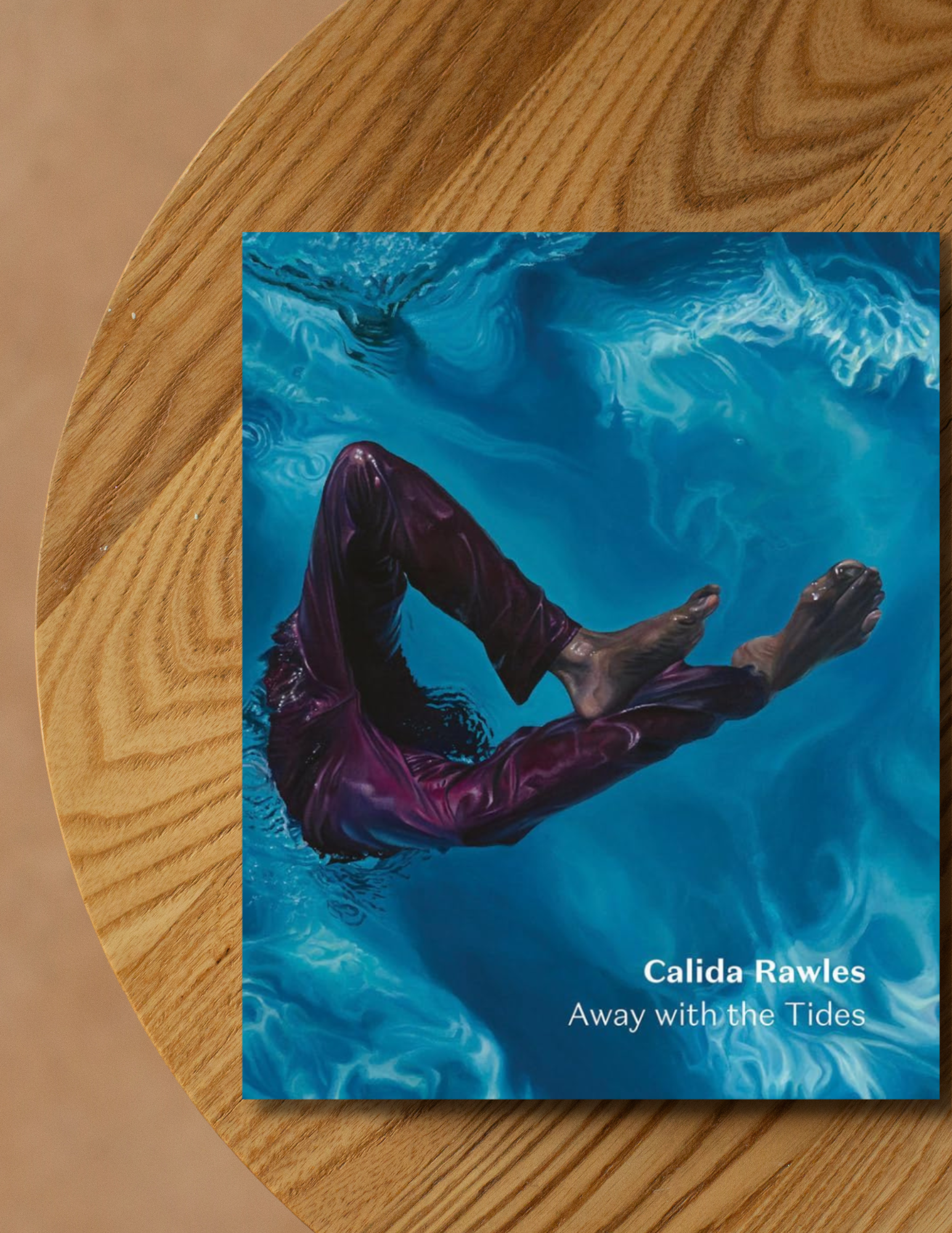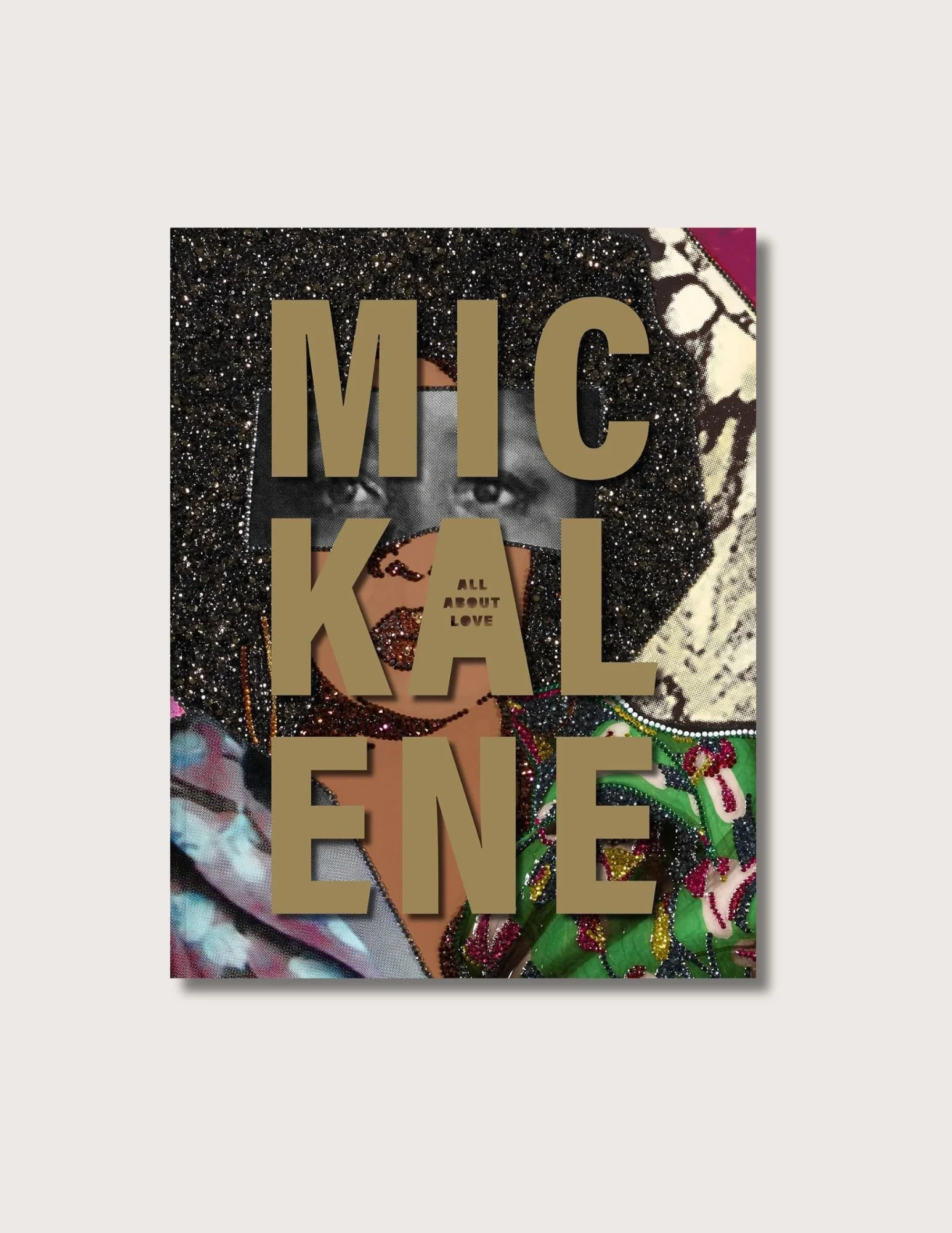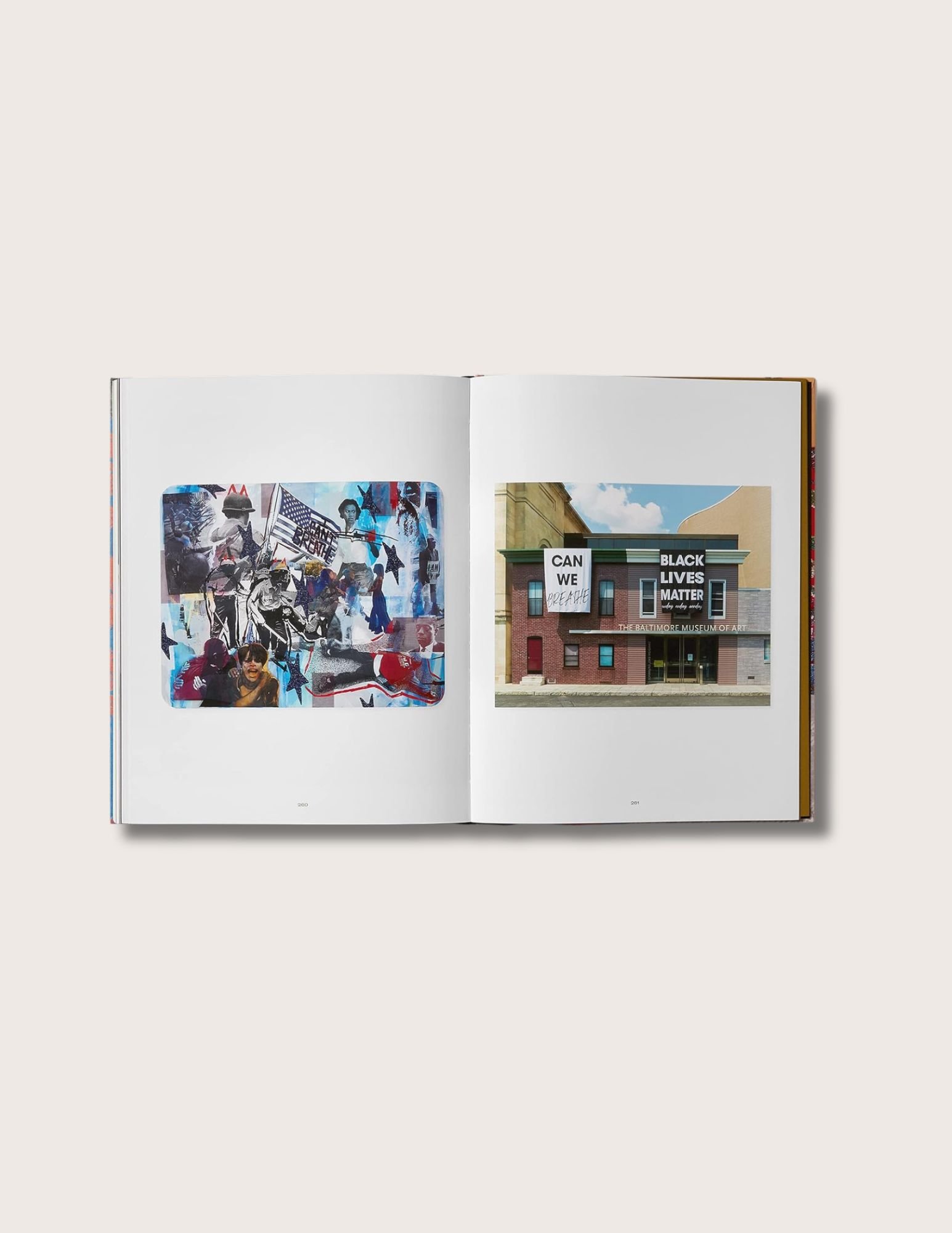 Image 1 of 4
Image 1 of 4

 Image 2 of 4
Image 2 of 4

 Image 3 of 4
Image 3 of 4

 Image 4 of 4
Image 4 of 4





Calida Rawles: Away With The Tides
Details
Merging hyperrealism, poetic abstraction and the cultural and historical symbolisms of water, Los Angeles–based artist Calida Rawles (born 1976) creates unique portraits of Black bodies submerged in and interacting with bright, mysterious bodies of water. The water, itself a sort of character within the paintings, functions as an element that signifies both physical and spiritual healing, as well as historical trauma and racial exclusion.
For her first solo museum show at the Pérez Art Museum Miami, Rawles creates a bridge between her signature style and a story within Miami’s history that is often ignored and obscured. She takes as her subject the residents of Overtown, a once prosperous Miami neighborhood dismantled by systemic racism and gentrification. For the first time, Rawles photographed her subjects submerged in water at the formerly segregated Virginia Key Beach. By taking photographs in situ, Rawles directly engages with the legacy of the Atlantic slave trade, the Jim Crow–era south and Miami’s own ecological history.
Editors' Note
Calida Garcia Rawles is a Los Angeles-based contemporary visual artist. In her large-scale paintings and murals, Rawles merges hyperrealism and abstraction. The artist is interested in questions of identity and race in relation to Western art history. Her portraits often depict representations of water and Black life.
Details
Merging hyperrealism, poetic abstraction and the cultural and historical symbolisms of water, Los Angeles–based artist Calida Rawles (born 1976) creates unique portraits of Black bodies submerged in and interacting with bright, mysterious bodies of water. The water, itself a sort of character within the paintings, functions as an element that signifies both physical and spiritual healing, as well as historical trauma and racial exclusion.
For her first solo museum show at the Pérez Art Museum Miami, Rawles creates a bridge between her signature style and a story within Miami’s history that is often ignored and obscured. She takes as her subject the residents of Overtown, a once prosperous Miami neighborhood dismantled by systemic racism and gentrification. For the first time, Rawles photographed her subjects submerged in water at the formerly segregated Virginia Key Beach. By taking photographs in situ, Rawles directly engages with the legacy of the Atlantic slave trade, the Jim Crow–era south and Miami’s own ecological history.
Editors' Note
Calida Garcia Rawles is a Los Angeles-based contemporary visual artist. In her large-scale paintings and murals, Rawles merges hyperrealism and abstraction. The artist is interested in questions of identity and race in relation to Western art history. Her portraits often depict representations of water and Black life.
Reviews
“When her subjects’ faces are visible they are smiling or serene. Anxieties dissolve in the water; their immersion resembling a baptism or purification ritual.” - Jennifer Piejko ― Artnet
Additional Details
152 Pages
DelMonico Books/Pérez Art Museum Miami (July 30, 2024)
Ships to the US in 7-10 business days


















